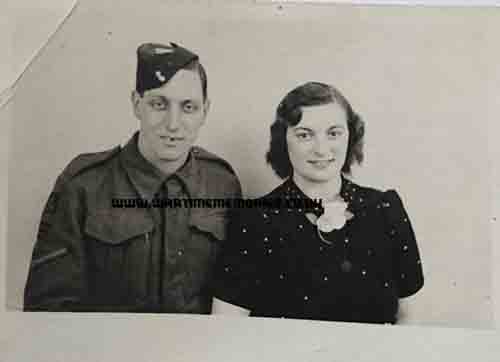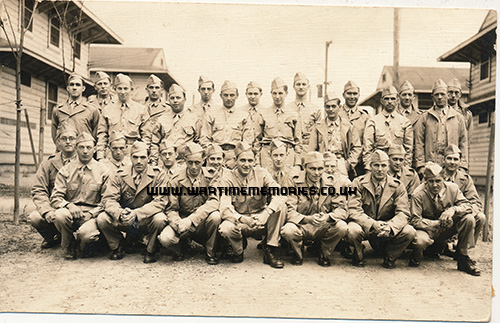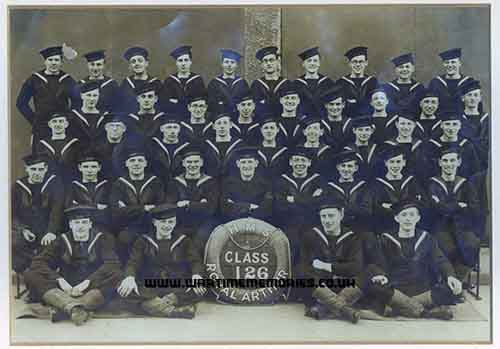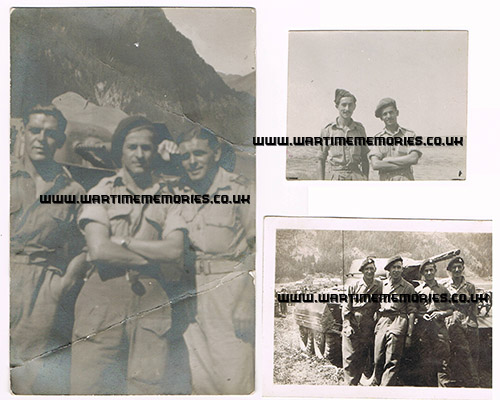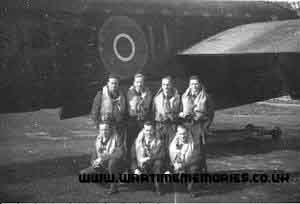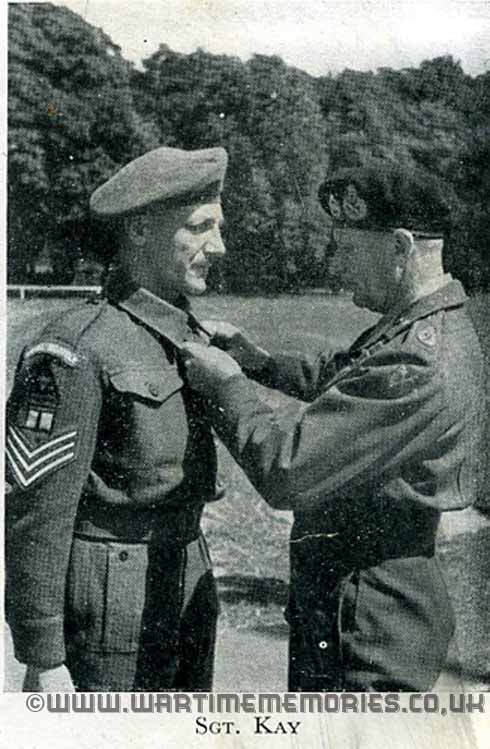Renee Katz . Land Army from London, East End My mother was born and brought up in the East End of London, one of a family of five sisters, one brother and a father. Her mother, my maternal grandmother, had died when they were small children. They lived lives of poverty and deprivation, many children had rickets and every large family had one or two baby siblings in the cemetery.
The sons and daughters of working class families of their generation usually stayed near their parental home and continued to live for most of their lives close to where they were born. That is until the war disrupted the pattern of life for these communities.
My mother and her two sisters (the three youngest of the family) were called up. One opted for munitions factory work, but my mother and her youngest sister chose to join the Land Army.
This was a marvellous opportunity for young women who had little opportunity to travel, especially town girls who had no experience of country life. My mother had been a dressmaker; she now found herself living in rural Cambridgeshire, working as a farmer, picking fruit and vegetables. The farms in this part of the world were small-holdings - market gardens mainly.
When she speaks of her time on the land my mum's eyes light up. She loved the work, loved the fresh air and the friendship. Twenty or so girls lived in a village called Willingham in a supervised hostel. They were allocated to local farms and, by and large, cycled to work. Not every girl was happy, but my mother speaks with affection about the farming family who owned, or more likely leased, the farm on which she worked.
She remembers picking tomatoes in greenhouses with rain pounding on the glass roof. She was a town girl who made an effortless transition to country life, susceptible to the beauties of nature and the seasons. What a change for a dressmaker who had spent her working life in slum sweatshops!
There was a good social life as well. My mum was in her mid-twenties and still single and my aunt a little younger. They would cycle into Cambridge on their days off to go dancing at Dorothy's in the centre of Cambridge. (This is now a multiplex cinema). American and British troops stationed nearby outnumbered the girls, so there was no lack of attention. My mum and my aunt first tasted peanut butter and bananas at a dance on the American Service base.
The success of the Yanks did not make them popular with the British boys, who couldn't offer such luxuries. Some of the girls went on to new lives in the USA with American husbands. Imagine the shock and excitement of arriving in America after spending life in, say, domestic service in rural England, or doing factory work in urban slums.
Cycling was the best way to travel. Although there was a curfew for the girls at the hostel, I have gained the impression that they had considerable freedom, or at least managed to escape the overseeing eye of the hostel warden. But it seems that, despite the ample opportunities for fraternising with men, most of the girls abided by the social rules of the day and cycled back to the hostel after an evening out, obedient to the curfew.
Those who went into Cambridge by bus often lodged with families in town if they missed the last bus back to the village. In a war society, being invited to sleep overnight with strangers was the way things happened. The hospitality was provided out of sheer generosity of spirit, and accepted by the girls in innocence. My mum never spoke of unplanned pregnancies, though I imagine they occurred. The war spirit affected everyone. Lifts were given to any soldier and, of course, to Land Girls. Trucks carrying troops would readily stop for the girls, their bicycles hoisted on board, and friendships struck. Romance readily followed.
A prisoner of war camp was sited a few miles out of Cambridge. The Italian troops held there were sent to work on the farms and learned a little English. Their lukewarm commitment to fighting is what my mother remembers most clearly. They had surrendered readily and were biding their time in relatively benign captivity. It is perhaps a tribute to the civilised nature of British society then, that they made no complaints about their treatment. Although my mum can't personally recall any liaisons between Italian prisoners and English girls, they must have happened.
My mother married before the end of the war. Her photograph shows her dressed in a rather splendid smart, short, tailored dress, a lovely violet colour she tells me. The tailored, slightly masculine style, perhaps reflecting the war's demand that women do men's work, was rather flattering. Of course, my mum made the dress herself with whatever materials she could lay her hands on. She left the Land Army before the war ended, when she fell pregnant with my older sister.
| 

